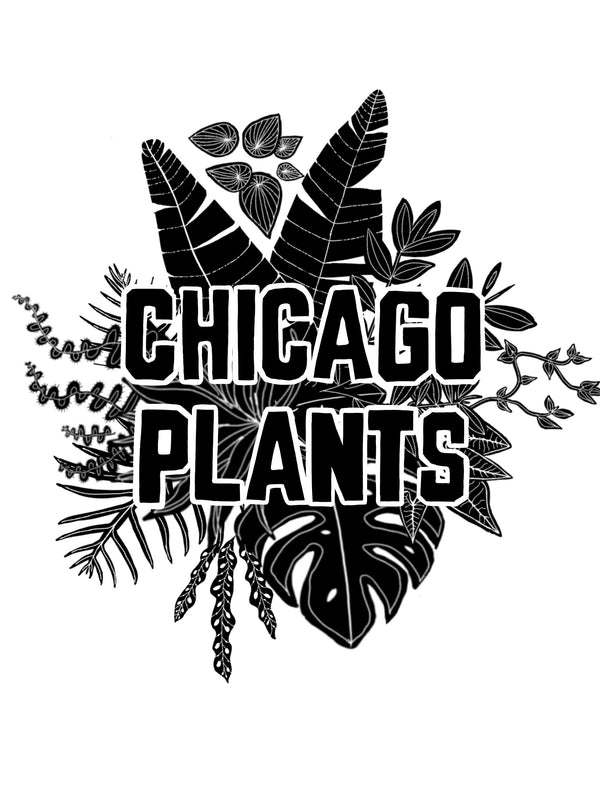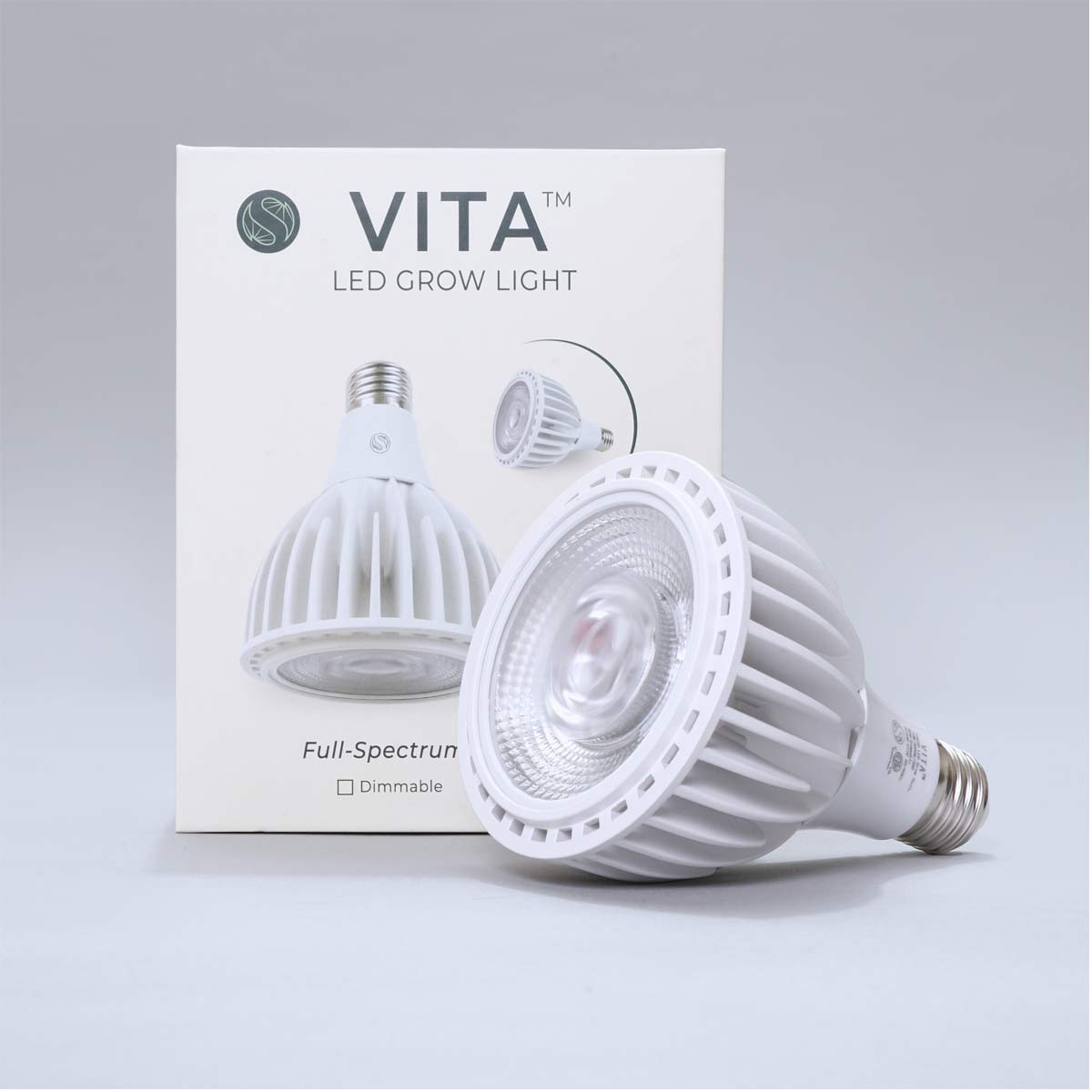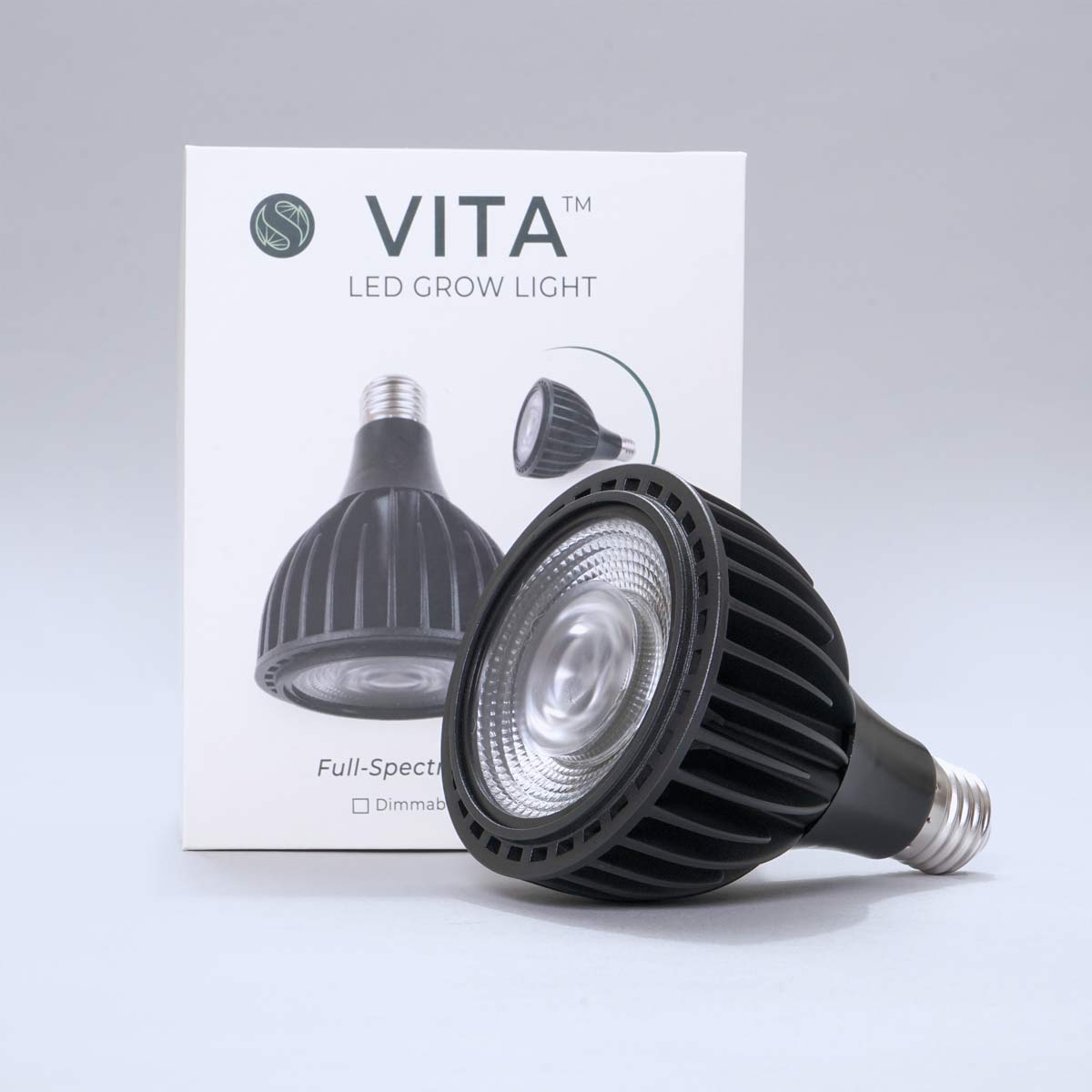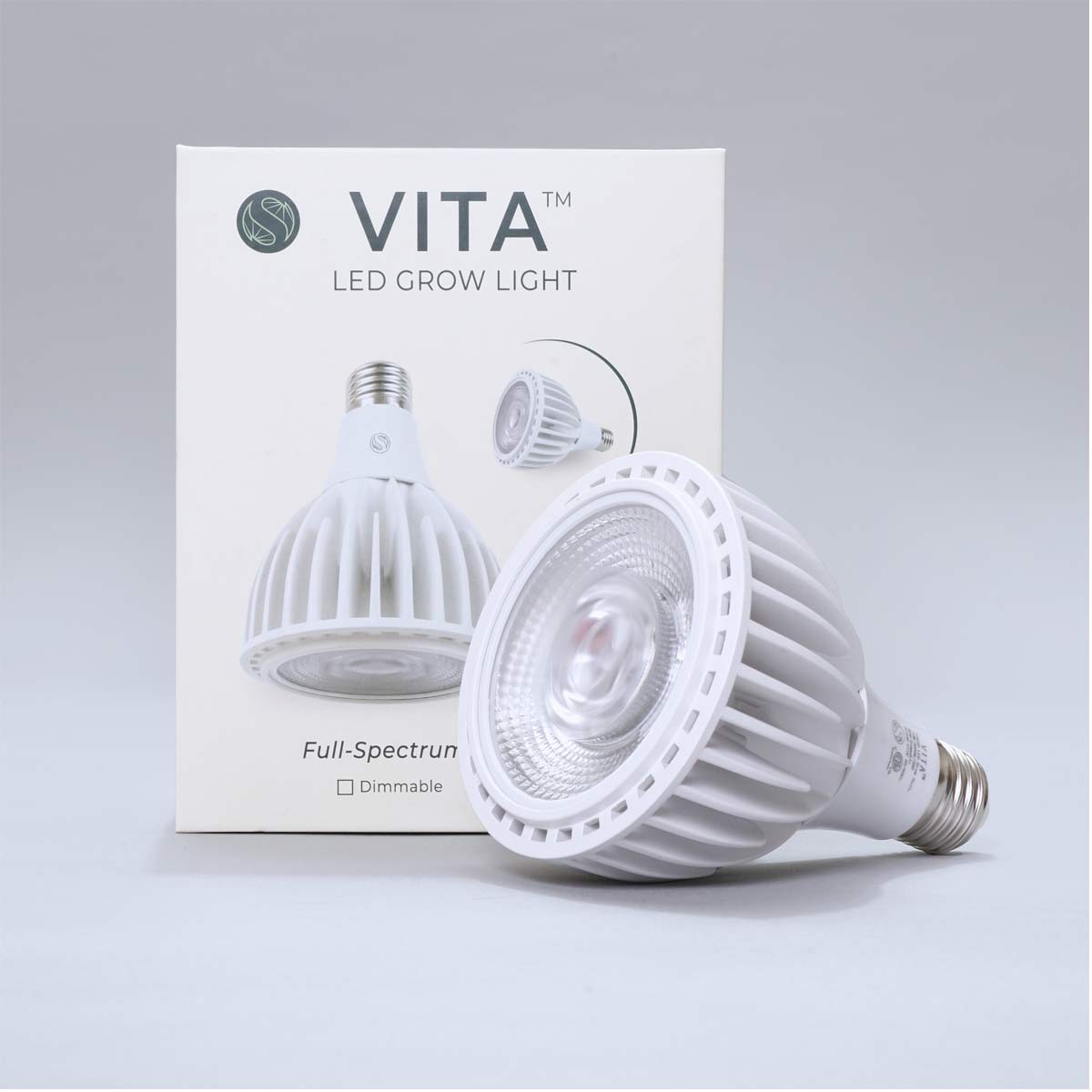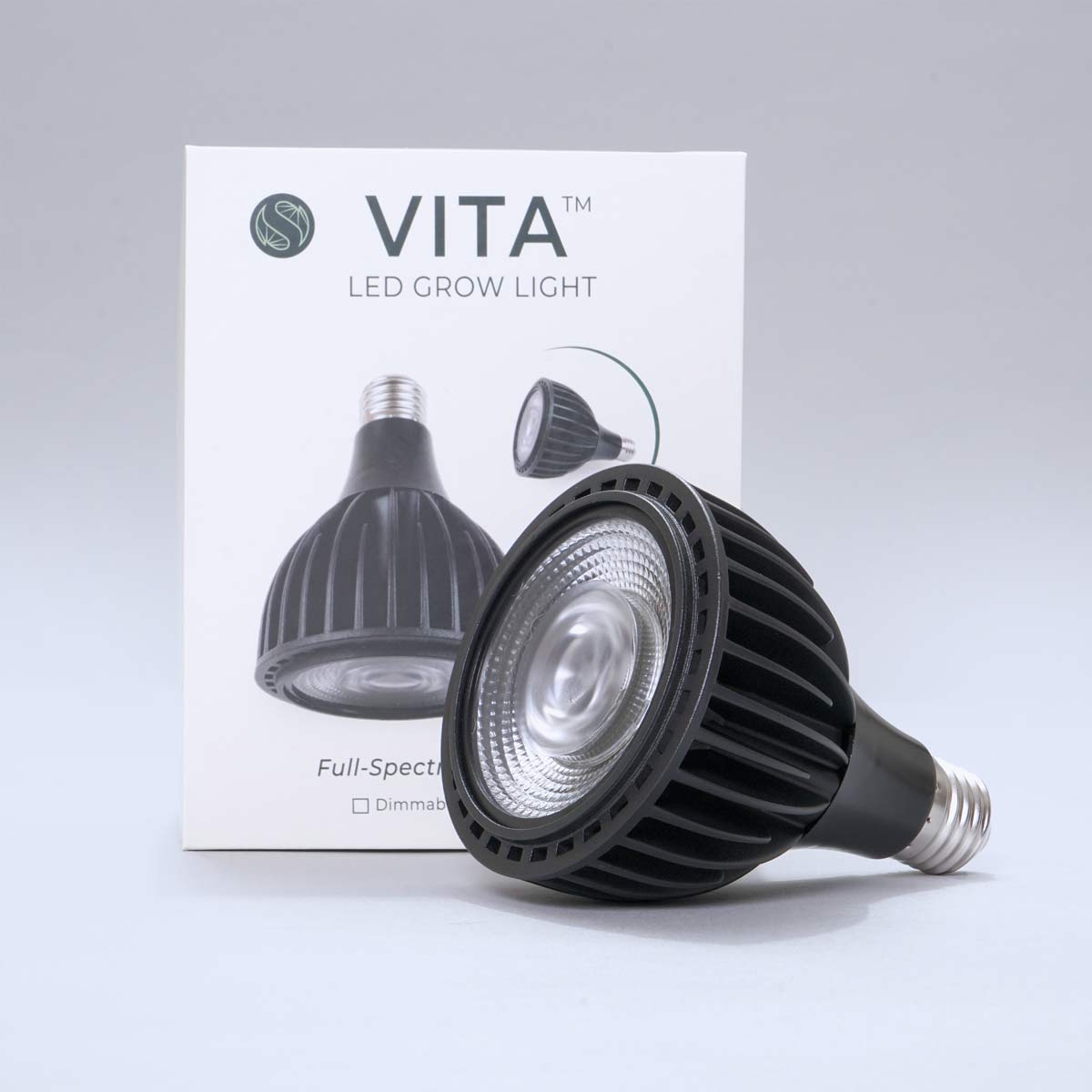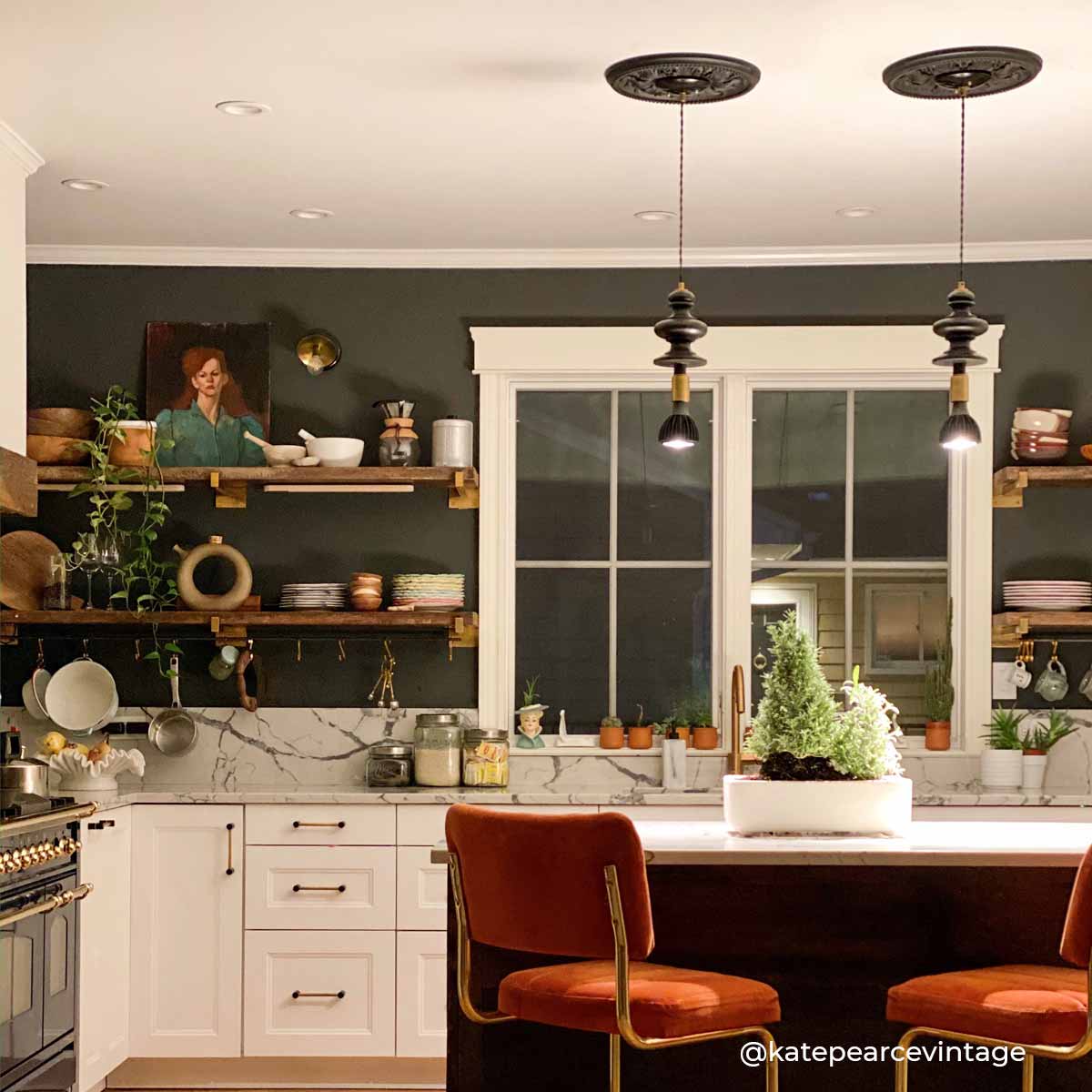The beautiful Alocasia Amazonica/Polly has been one of Chicago Plants’ best sellers. This should come as no surprise after seeing this unique specimen in person. The Alocasia is part of a broader family with nearly 80 different species native to southeast Asia - some of you may be familiar with the gargantuan varieties of the Alocasia known as the Elephant Ear.
-
Soil
An Alocasia will do well in any high-quality, well-draining potting soil. They prefer a soil with more peat moss than loam, so it is always a good idea to add some peat to a potting soil if it’s too clumpy and not as loose. We recommend Fox Farm Ocean Forest potting soil for added nutrients and good drainage.
-
Watering
For all of you plant serial killers out there who overwater your plants, the Alocasia may appreciate you for caring too much. This is one of few plants that actually prefers to be more moist than dry; but beware, moist does not mean soggy. As we recommend for most plants, allow the first couple inches of the soil to dry out before watering and be sure it is in a well-draining pot with drainage holes. The Alocasia is susceptible to root rot so do not let the bottom of this plant sit in water.
If you feel like your water schedule is correct but your Alocasia still seems unhappy, it may be a humidity issue and not a watering one. This plant likes high humidity so we recommend either running a humidifier near this plant or setting a tray of pebbles and water near it to naturally humidify the area.
-
Sunlight
The Alocasia’s natural habitat is in the heart of humid, southeast Asian forests and as such, these guys sit on the ground below towering plants and trees that overshadow them. The Alocasia loves lots of bright light, but never direct or its leaves will burn.
-
Fertilization
Most Alocasia can flower but will only do so if they’re being fed. During the peak grow months (April-August), feel free to feed your Alocasia every other week with any powder or liquid fertilizer, diluted at half strength.
Never fertilize during the winter as this is its dormancy period and the extra salts and acidity in the soil will cause the leaves to burn.
FAQ’s
-
Pet friendly?
-
No, Alocasia are not pet-friendly. If ingested, it will cause vomiting and diarrhea however Pothos are not lethal to either pets or humans.
-
-
Repotting / Propogation
-
Most Alocasia are fast growing and will require repotting accordingly. You may have to repot your Alocasia on an annual basis in the spring to keep them healthy. If your root cluster is overwhelmed by the number of rhizomes branching off, you can always separate them off and plant these offshoots as separate plants.
-
